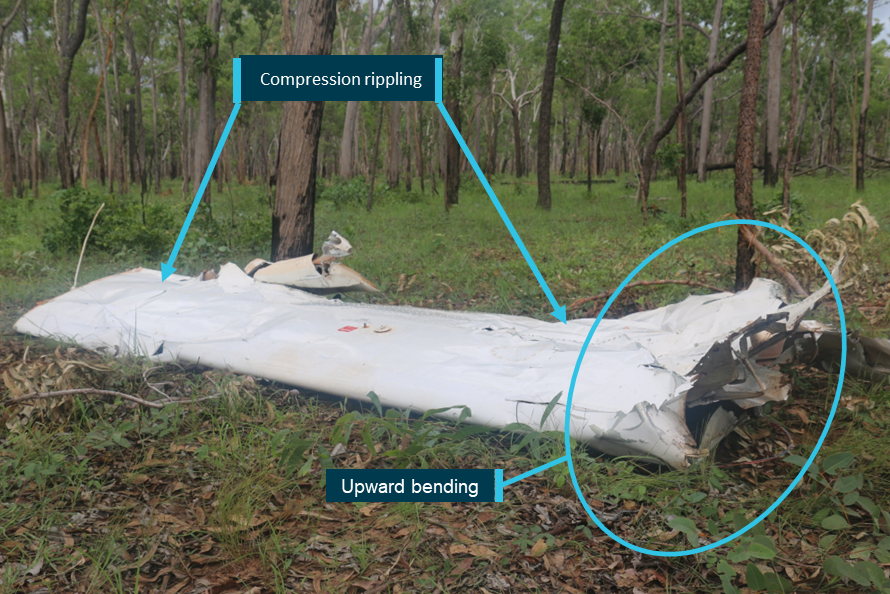
|
Key points
|
A preliminary report from the Australian Transport Safety Bureau’s on-going investigation into an in-flight break-up of a Cessna 210 over the Northern Territory on 24 December 2022 notes that the accident occurred when the aircraft was in the vicinity of thunderstorm activity.
“This preliminary report details the circumstances of this tragic accident as we currently understand them,” said ATSB Director Transport Safety Stuart Macleod.
“While our findings as to the contributing factors to this accident, and the analysis to support those findings, will be detailed in a final report to be released at the conclusion of our investigation, this preliminary report has been released to provide timely information to industry and the public.”
The report details that the aircraft was conducting a charter flight from Gove to Katherine to transport a single passenger who was scheduled to be in Katherine over the Christmas period. When the aircraft failed to arrive at Katherine at the nominated time, the operator alerted search and rescue officials, and an airborne search coordinated by the Australian Maritime Safety Authority Response Centre was commenced that afternoon.
The following day a search aircraft located a debris field in a remote area of medium-density bushland, approximately 237 km east-north-east of Katherine. The pilot and passenger were fatally injured and the aircraft was destroyed.
“The ATSB’s on-site examination of the wreckage and accident site identified that the location of aircraft’s right wing, approximately 300 metres before the primary point of ground contact, indicated that it had separated from the fuselage in flight, while aircraft components were spread over a distance of 80 metres,” said Mr Macleod.
“Closer examination of the right wing showed extensive permanent deformation of the wing surface with associated compression rippling to the upper skin. The damage was indicative of substantial upward bending forces applied to the wing prior to its failure and separation from the aircraft.”
On the day prior to the accident flight, tropical cyclone Ellie had crossed the coast west of Darwin and tracked to the south. Later that evening Ellie was downgraded to a tropical low, however heavy rain and strong to damaging winds were expected to impact large parts of the Top End.
“Satellite imagery showed the formation of a thunderstorm near to the accident site from about 0910 and its progression through to 1000, with the system persisting for several hours after that initial formation.”
The report notes that the development of the severe weather was consistent with the forecast conditions in the Northern Territory Graphical Area Forecast (GAF) that was issued by the Bureau of Meteorology at 0135 that morning.
“To date, the ATSB has examined the accident site and wreckage, interviewed personnel associated with the operation of the aircraft, collected meteorological and air traffic control radar data, and reviewed the aircraft maintenance and pilot records,” said Mr Macleod.
“As the investigation progresses the ATSB will further review the aircraft wreckage components and recovered electronic devices, environmental influences including analysis of meteorological data,” he said.
“The ATSB will also give consideration to pilot qualifications, experience and training, and the operator’s training policies and procedures.”
A final report will be released at the conclusion of the investigation.
“However, should a critical safety issue be identified during the course of the investigation, the ATSB will immediately notify relevant parties so they can take safety action,” Mr Macleod concluded.
Read the preliminary report: In-flight break-up involving Cessna 210N, VH-TFT, 237 km east-north-east of Katherine, Northern Territory, on 24 December 2022


